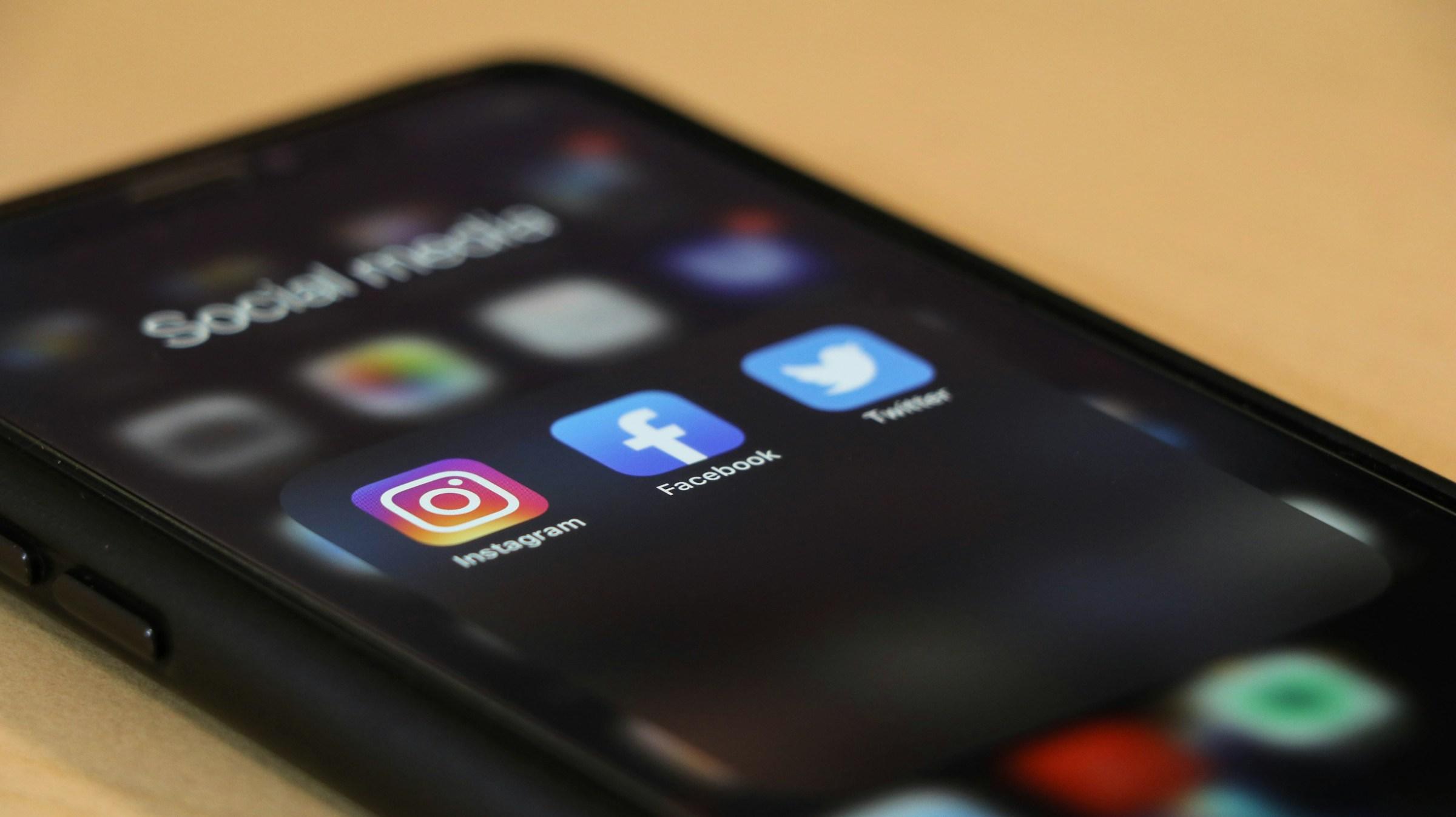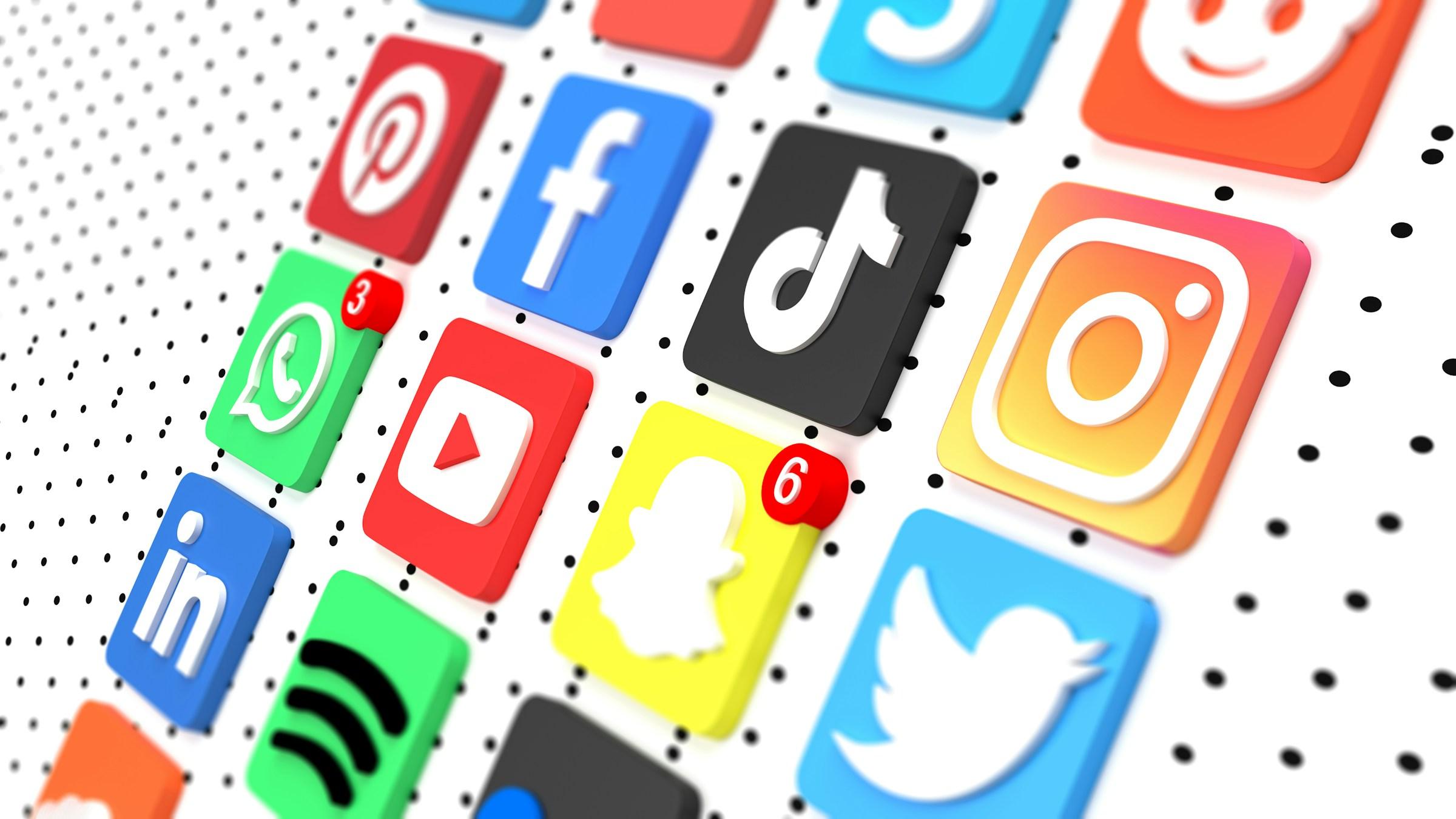I used to carry feedback like a weight strapped to my chest. Every comment felt like a verdict on my judgment and my worth. When a teammate questioned a roadmap, I heard it as a challenge to my leadership. When a customer wrote that onboarding felt slow, I translated it into a story about incompetence. The body reacts before the mind can reason. Your shoulders tense, your jaw tightens, and suddenly the conversation is no longer about a product or a plan. It is about survival. I did not need a thicker skin. I needed a different way to place myself in relation to the work.
The turning point arrived during a release that should have been routine. We pushed a feature on a Friday night and expected to monitor metrics through the weekend. By Saturday morning, support tickets in Kuala Lumpur showed the same patterns. People could not find the value quickly, flows were longer than they looked in Figma, and a few merchants lost time because a toggle did not behave the way they assumed. I felt the familiar urge to justify the decisions. The copy had tested well. The journey had clear steps. The data was not all bad. A junior product manager cut through my defense with one gentle sentence. We can fight the feedback, or we can fix the system that created it. The words separated my identity from the artifact. They made the feedback a signal rather than a sentence. The team did not need a motivational speech. We needed to treat feedback like a readout from a machine we were trained to repair.
From that day, I began to learn what it means to accept feedback in a way that preserves authority rather than weakens it. Accepting feedback is not the same as pleasing everyone. It is not a ritual of apology. It is a discipline for finding the point in the system where a small change creates a large improvement. The discipline starts with a simple posture. Assume the other person is describing how the world looks from where they stand. Then ask the questions that reveal where your design or your narrative failed to bridge that distance. What task were they trying to complete. Where did they pause. What words made them uncertain. Which step consumed more energy than it returned. These questions pull you out of your ego and back into your craft.
The craft improves when you separate identity from asset. Founders who merge those two feel attacked every time a slide changes or a headline gets edited. Pull your identity out of the deck, the feature, and the brand voice. Place it in your values and your standards. Your values tell you what kinds of tradeoffs you will make. Your standards tell you what quality looks like. Once you move your identity, the asset can change without threatening you. You can cut a paragraph that you loved because you love clarity more. You can remove a feature that took weeks because you love reliability more. This does not make you cold. It makes you consistent.
Context matters, and culture shapes tone. In Singapore, I worked with a payments team that wanted more honest critique without bruising relationships. We changed the ritual instead of lecturing people about courage. Demos were recorded as short videos the day before review. The builder answered three prompts. What problem did this change try to solve. Where did you observe friction. What is the least expensive test that could prove you wrong. The review then responded to those prompts. The builder felt respected because they had framed the questions. The reviewer felt useful because they were answering a clear brief. Truth traveled faster, and tempers cooled without anyone being scolded into bravery.
Timing is another lever. Teams that welcome feedback at any hour begin to confuse iteration with indecision. I have seen companies rewrite a feature four times in a month, each time to reflect the last loud voice in the room. This looks collaborative but it exhausts people and erodes trust. A simple boundary repairs this. Decide that feedback shapes the hypothesis window, not the commit window. During planning, feedback is oxygen. During execution, only new data can reopen the decision, not new opinions. This rule channels input when it is most valuable and protects focus when the team must deliver. You are not resisting feedback. You are placing it where it increases signal rather than noise.
Curation matters as much as cadence. If you turn your product into a democracy of every comment, you will ship a collage that satisfies no one. In Malaysia, a consumer app team followed a loud Telegram channel and drifted toward features that delighted hobbyists but did nothing for paying users. In Riyadh, a marketplace overbuilt for a single enterprise client and slowed the rest of their roadmap by months. The fix was to define three circles of influence. First, the core customer who represents the target use case and pays. Second, a domain expert who has shipped in this problem space and will spot category mistakes. Third, an operator peer who will tell you the uncomfortable thing without enjoying it. Give these circles regular access to your decisions. Listen to everything else with curiosity but reserve commitment for the circles that align with your strategy.
Learning to accept feedback also involves building a private practice for processing the sting. Leaders often try to be invulnerable in public and end up leaking frustration in small ways that ripple through the team. Create a space where you can feel the heat without burning anyone. I keep a short journal template that I can complete in three minutes. What did I hear. Why did it sting. What would have to be true for this to matter. What is the smallest test I can run. The last question returns power to action. It breaks the trance of rumination. A walk around the block after an investor call can do the same. The body releases the adrenaline, and the mind can see the problem as an object again.
Not all feedback is created equal. Some is late, and lateness makes it sound harsh. When small signals are ignored, the first honest conversation feels like an ambush. Do not confuse the pain of timing with the quality of truth. The remedy lives in your calendar. Schedule short, predictable loops that make small truth cheap. Five user conversations every Tuesday. A half hour retrospective every Thursday with three steps. Describe the work. Describe the impact. Propose the next test. Rhythm reduces the drama. When people know a channel exists, they wait for it. When they know the conversation will be specific and brief, they bring concrete examples rather than vague complaints.
Language is another tool. The room listens to how you receive hard input. If you reply with instant defense, you train people to soften or to stay silent. If you reply with clarity, you train people to bring evidence. Keep a few sentences ready for the moments that trigger old reflexes. I hear the concern. Here is the user problem we chose. Here is the metric we expect to move. Here is the first test we will run. Or this, which prevents scope creep from swallowing focus. That use case is not our priority this quarter. We will revisit it in Q3 if the core stays healthy. Calm language keeps your authority intact while signaling that the door to truth remains open.
There is a shortcut, but it is not what most founders expect. Tie your self respect to your rate of learning rather than to being right on the first attempt. If your pride comes from learning quickly, every piece of feedback becomes fuel, even when the delivery is clumsy. You can still reject advice that does not fit the strategy or the data. You can still hold a contrarian view when your evidence is strong. The difference is the tone. You sound steady. Teams build better products around steady voices. Calm is contagious in the same way panic is contagious. Choose which one your posture spreads.
Over time, something subtle changes when you practice this fully. People stop hoarding truth. They bring you rough edges while they are still cheap to sand down. Candidates who prefer clarity over politics start to notice your culture. They see how decisions are made and want to be part of a place where work is examined without performance. Your product moves faster because the loops are short and honest. Your brand sounds clearer because the language is tested against real user tasks, not internal cleverness. None of this requires theater. It requires a founder who treats feedback like a map rather than a mirror.
I still feel the first flash of heat when someone points out a flaw that I should have caught. The reflex never disappears. It only grows quieter when your habits are stronger than your impulses. I breathe, ask where the user paused, and place the comment in the correct window. If we are in hypothesis, we shape. If we are in commit, we note and continue until new data tells us to stop. Then I return to the small sentence that saved our Saturday release and has served me in boardrooms, in standups, and in call logs from Subang Jaya to Tampines. We can fight the feedback, or we can fix the system that created it. Learn to accept feedback by making that sentence your default, and your company will begin to move with a calm that invites truth and a speed that compounds.














